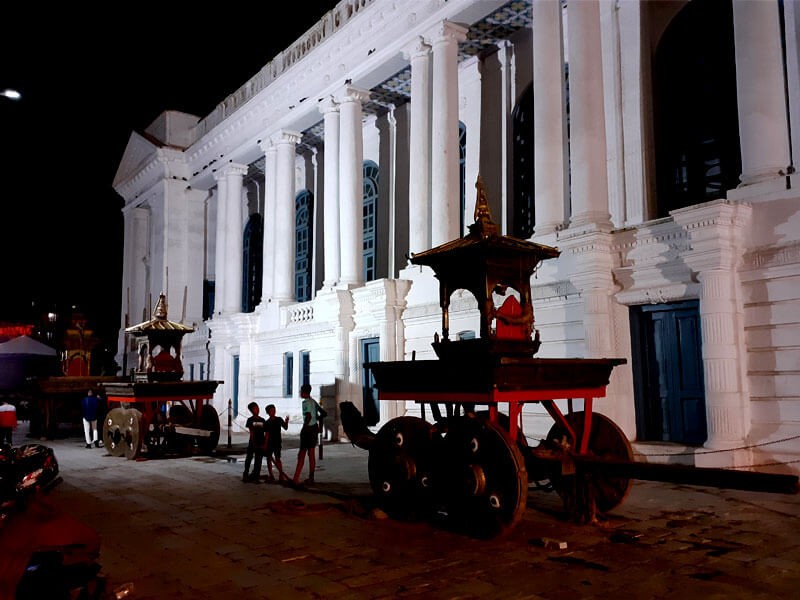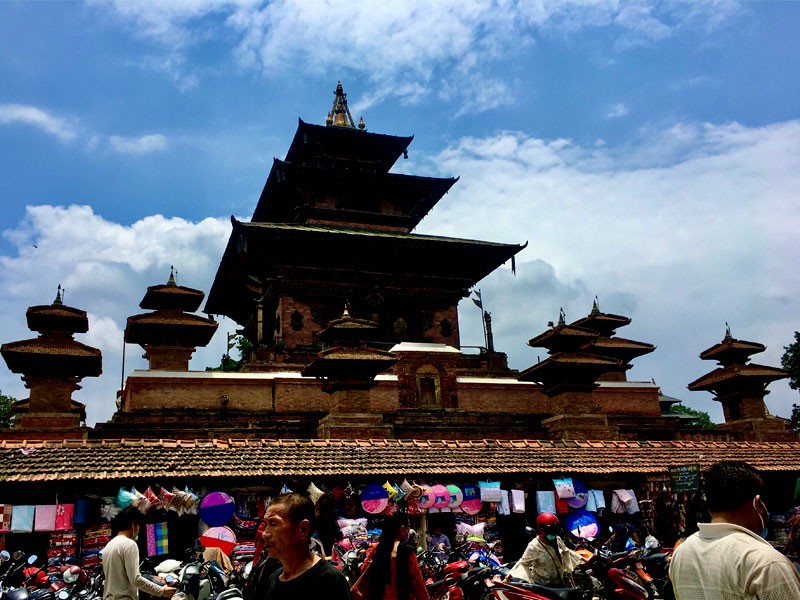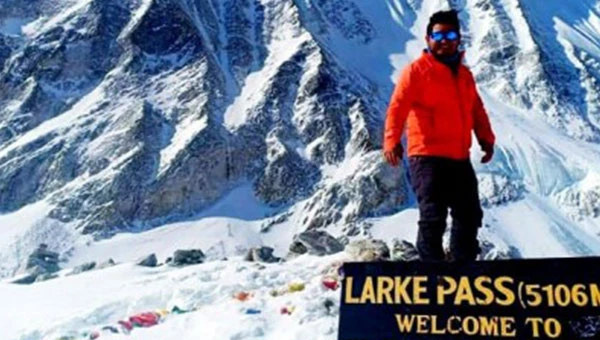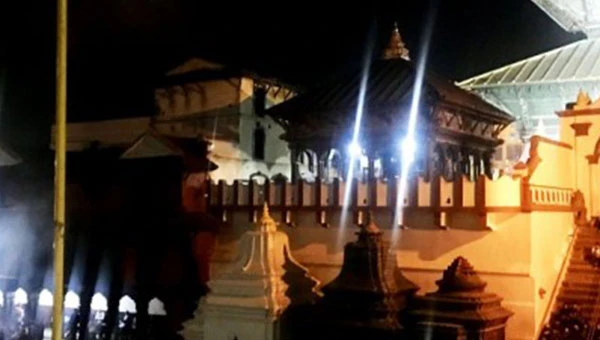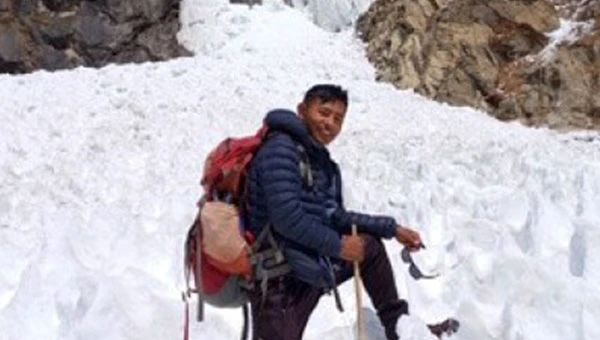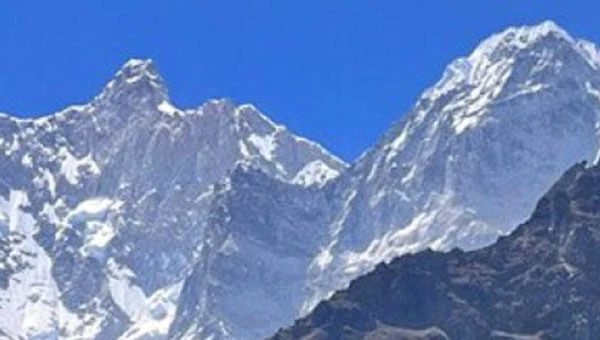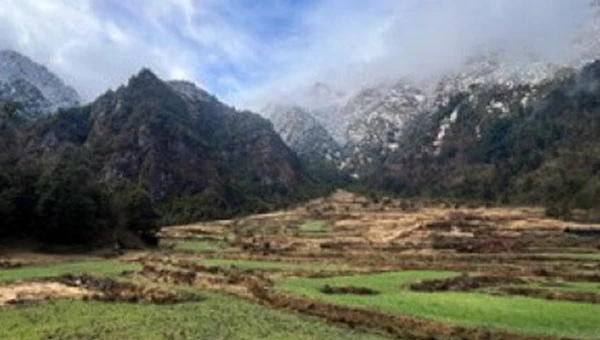Kathmandu Durbar Square is also popularly known as Hanuman Dhoka, as well as Basantapur Durbar, where durbar translates to “palace” or court held by the royal family/prince. During the monarchy in Nepal, kings were crowned and legitimized at Kathmandu Durbar Square. Kathmandu Durbar Square is mostly crowded and mostly visited by all the travelers as it is located in the center of Kathmandu city. The UNESCO World Heritage Sites have listed Kathmandu Durbar Square in their list.
Kathmandu Durbar Square
History of Kathmandu Durbar Square
The Malla Dynasty ruled Kathmandu Valley from the 13th century to the mid-18th century. In 1768, the Shah Dynasty, the last monarchical dynasty in Nepal, occupied Kathmandu Valley and built four more observatories in the southeast of Kathmandu Durbar Square. All the following kings of the Shah Dynasty lived here until they relocated to the new palace, Narayanhiti Palace in 1886. Kathmandu Durbar Square underwent a series of modifications and additions under different rulers at different periods, which reflect the variation in the design and style of the monuments and temples within the area. For instance, King Jayaprakash Malla built Kumari Bahal, King Mahendra Malla (1560-1574) built in the Newari architectural style, his contributions included Jagannath temple, Kotilingeshwara Mahadev, Mahendreswara Temple, and the magnificent Taleju Temple.
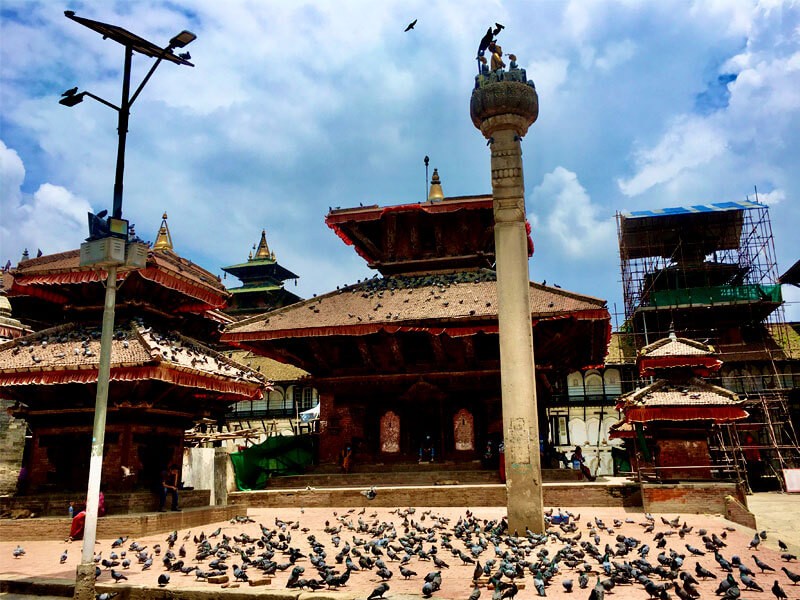
Attractions, Architecture, and Structure of Kathmandu Durbar Square
Kathmandu Durbar Square is actually comprised of 3 distinct, scattered squares. To the south of the Durbar Square is the Basantapur Square, facing north, the Basantapur Durbar. The western part of the Durbar Square, where many temples and famous sites are assembled, is the primary area of the square. In the northeastern part, it is the subzone of Durbar Square with an entrance to the former palace sites. Makhan Street - an open ground extending to the northeast was a major traffic thoroughfare in Kathmandu and is now a very famous local market. Some of the highlighted architecture and monuments of Kathmandu Durbar Square are briefly described:
Kumari Bahal
Kumari Bahal, one of the must-sees in Kathmandu Durbar Square, is the residence of Kumari, the Living Goddess of Nepal. The red brick building of three stories preserved many gorgeous and exquisite woodcarvings, like Buddha, peacocks, and other pictorial elements on the balcony and windows in the courtyard. On the basis of religious and cultural criteria practiced for centuries, a small girl is chosen as Kumari, the only living goddess of Nepal. She is said to be the human incarnation of the Hindu goddess.
Hanuman Dhoka Durbar
Also called the Old Royal Palace, Hanuman Dhoka in eastern Durbar Square is another existing historical site, which contains the most abundant art collection. Hanuman Dhoka represents (Hanuman is the most loyal devotee of Lord Ram, also one of the Hindu gods, and Dhoka means door) a legend of brave Hanuman punishing the evil and praising the good, commended by people. Statues of Hanuman stand on the stone pier of the left palace gate, covered with a red brocade canopy. Hanuman Dhoka Durbar was built in the 13th century initially and completed mostly in the 17th century; this grand palace has nearly 10 Chowks (palaces) for different purposes. Hanuman Dhoka has a wall with 17th-century stone inscriptions written in 15 different languages, which have not been decided yet, and is believed as an impossible task.
Taleju Temple
Built in 1549, Taleju Temple, a three-storied gold-plated temple with a height of about 35m. One of the most magnificent architectural structures in northern Durbar Square is constructed on a 12-storied square base, having several little temples, stone carvings of lions, and mythical characters. There are entrances on four sides of Taleju Temple, and Taleju Goddess is enshrined in the middle of the lintel of the front door (golden gate) facing south.
Kala Bhairav
Kala Bhairav is a 4-5 meter stone statue of Kala Bhairav’s grim look, holding a sword, an enemy’s head, and dharma-vessels in six arms. Kala Bhairav is regarded to be one of the reincarnations of Shiva. Kala Bharav is a. It is the most colorful, fascinating, and adventurous spot in Durbar Square for lots of people due to the features and expression of the statue, along with the locals praying and worshiping.
Further, Kathmandu Durbar Square surrounding includes Hanuman Dhoka, Panch Mukhi Hanuman Temple, Hanuman Statue (17th century), Nine Storey (Nautalle Durbar) Basantapur tower, Basantapur Dabali, Kumari Ghar (Palace of living Goddess Kumari), Gaddi Baithak, Trailokya Mohan Narayan Temple Degutaleju Temple, Kasthamandap, Mahadev Parbati Temple, Vishnu Temple, Shwet Bhairav, Jagannath Temple, Gopinath Temple, Kaal Bhairav, Maju Deval, Kotilingeshwor Mahadev Temple, Bhuvenshwar Mahadev Temple, Kageshwor Temple, Mahendreswor Temple, Taleju Temple (35meters height and has 12 temples inside it surrounded by four doors), and Tarani Bhawani Temple. The large white building is named Gaddi Baithak, with the function of a meeting/ conference hall of the Royal families since ancient times. Some of the temples are accessible only on a fixed occasion.
Each temple and monument holds its own religious values, stories, and beliefs. Routinely, the local devotees do offer prayers at the temples and statues, whereas on the occasions, there is a huge flow of masses for prayers, offerings, and observing. Additionally, each monument displays the fine architecture and craftsmanship from era to era and different regimes. These cultural artifacts and elements make Kathmandu Durbar Square a priceless and valuable site of the Kathmandu Valley. Make sure to observe these temples and elements in detail while visiting Kathmandu Durbar Square. There are many souvenir shops as well as street vendors in the courtyard of Kathmandu Durbar Square.
Considering the enthusiasm of travelers, Nepal Adventure Team arranges the Kathmandu Valley Tour 2 Days: Explore UNESCO World Heritage Sites. The experienced guide of Nepal Adventure Team leaves no stone unturned to please travelers with the information, importance, and mythology related to those World Heritage Sites. If travelers are short of time, you can visit a few of the Heritage sites of Kathmandu with the support of the Nepal Adventure Team. You can customize your tour as per your flexibility and comfort. If you are physically active and interested in adventure, you can also enjoy “Kathmandu Valley Cycling Tour: Riding to UNESCO World Heritage Site”. Here, you explore Kathmandu Valley on a bicycle with the support of an experienced guide from the Nepal Adventure Team. Other tours and trek services are also provided by Nepal Adventure Team.
Entrance Fees:
- SAARC Nationals: NPR 150
- Chinese Nationality: NPR 1000
- Foreign Nationals: NPR 1000
- Nepalese Nationality: Free
Personal Tips
- Carry personal ID certificates (passports).
- It is better to carry some cash while touring in Nepal.
- “Namaste” is widely practiced in Nepal, so you can use Namaste instead of hello/hi to begin any conversation. Nepalese adore the foreigners using Namaste.
- If you lose your group/ tour guide, you can communicate with the tourist police residing in every tourist area.
- Most of the Nepalese know the English language, so you can easily communicate with locals.
Do’s and Don’ts at Kathmandu Durbar Square
- According to local custom, you can get into temples and holy places after taking off your shoes.
- Don’t bring anything with fur, leather products inside the temples.
- Watch the notice for photography and do not take photos of temples/statues without permission. At some of the places, you may not take your cameras, and the authority will return your camera after you visit the concerned area/temples/monuments.
- Do not wear a hat/ cap inside holy places as a temple, or while praying to gods in Nepal.
- Nepalese lit fire and incense, which they regard as holy and religious, so value it while visiting and do not litter in those areas. If you face an allergy or difficulty due to the aroma of incense, you can use a mask to cover your nose and mouth.
- Do not touch any elements/assets with your feet or stretch your feet towards them.

